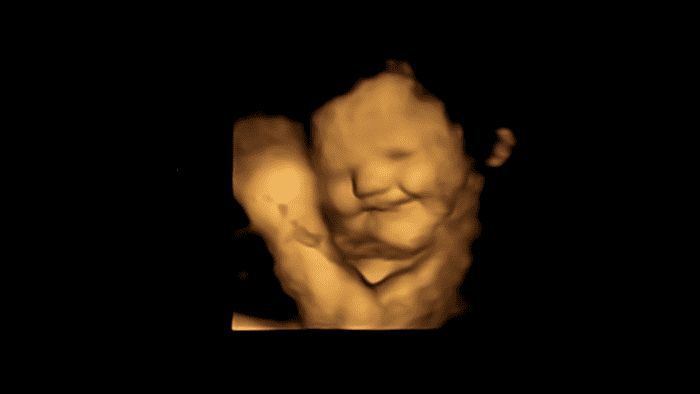
Researchers in Britain and France just published the first direct evidence showing that fetuses can actually taste and smell while still in the womb. These important findings could help scientists further our understanding of how human taste and smell receptors develop. But the most immediate implication is that a pregnant woman’s diet might influence their babies’ food preferences after birth.
“A number of studies have suggested that babies can taste and smell in the womb, but they are based on post-birth outcomes while our study is the first to see these reactions prior to birth,” lead researcher Beyza Ustun, a postgraduate researcher in the Fetal and Neonatal Research Lab at Durham University, said in a statement.
“As a result, we think that this repeated exposure to flavors before birth could help to establish food preferences post-birth, which could be important when thinking about messaging around healthy eating and the potential for avoiding ‘food-fussiness’ when weaning.”
The womb is not part of the digestive system, but a fetus can be exposed to flavor molecules through the amniotic fluid, the clear, slightly yellowish liquid that surrounds the fetus during pregnancy and is essential to its development.
For their study, the team of researchers, which also included colleagues at the University of Birmingham in the UK and the National Centre for Scientific Research-University of Burgundy in France, used a 4D ultrasound scanner on the wombs of 100 women at both 32 weeks and 36 weeks of pregnancy.
About 20 minutes before they received their scans, the mothers were given a single capsule containing 400mg of either carrot or kale powder. The participants had to stop eating or drinking flavored beverages at least one hour before their scans.
Researchers compared the captured facial reactions of the fetuses whose mothers consumed the flavored capsules to ultrasounds from a control group who were not exposed to flavors. Exposure to even a small amount of carrot or kale was enough to stimulate a non-random reaction, the researchers found.

“Previous research conducted in my lab has suggested that 4D ultrasound scans are a way of monitoring fetal reactions to understand how they respond to maternal health behaviours such as smoking, and their mental health including stress, depression, and anxiety,” co-author Professor Nadja Reissland, head of the Fetal and Neonatal Research Lab at Durham, said.
“This latest study could have important implications for understanding the earliest evidence for fetal abilities to sense and discriminate different flavors and smells from the foods ingested by their mothers.”
This could very well mean that fetuses can respond to a wide range of chemical stimuli from their mothers’ diets, which could have profound effects on the babies later in life as they grow up. The researchers argue that repeated prenatal exposure to certain flavors may shape a baby’s dietary preferences, so consuming healthier but not very palatable foods (yes, like kale) during pregnancy could be a viable strategy for mothers to promote healthier diets for their children.
That’s still rather speculative at this point, which is why the researchers are planning a follow-up study with the same babies involved in the present research post-birth. The aim is to see how the influence of prenatal flavors influences the acceptance of different foods.
“The next step is to examine whether fetuses show less ‘negative’ responses to these flavors over time, resulting in greater acceptance of those flavors when babies first taste them outside of the womb,” said co-author Professor Jackie Blissett of Aston University.
The findings appeared in the journal Psychological Science.









